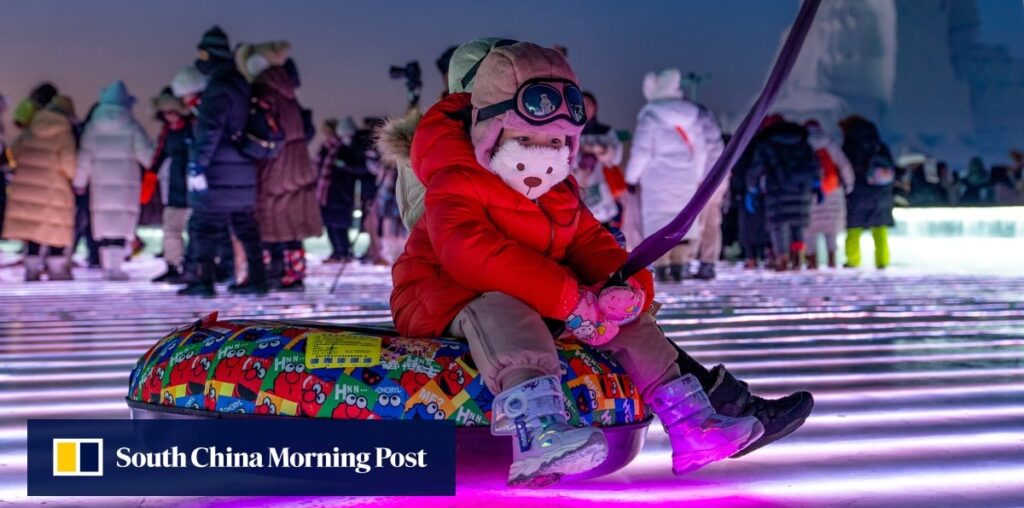
The first dusting of snow in one of China’s coldest regions has brought with it an early start to the local tourism season, and travel agency manager Wang Dingming is bracing for not only the bitterly freezing temperatures, but also perhaps his busiest year ever.
“In the past, the peak season would start in December. But this year, we are seeing more visitors coming earlier, or booking their trips well in advance to dodge the price hikes,” said Wang, who works in Harbin, the capital of northeastern Heilongjiang province famous for its annual Ice Festival that features elaborate and artistic sculptures.
Last Tuesday’s snowfall informally kicked off a months-long stretch that sees Harbin become one of the hottest holiday destinations in China, luring millions and fuelling a massive boon to the local economy that looks to be getting bigger.
And Wang attributed this year’s earlier-than-normal arrival of tourists to the local government building on last year’s success by stepping up its advertising push. From last November to February, more than 87 million tourists visited Harbin, generating about 124 billion yuan (US$17.3 billion) in revenue, according to state media reports.
Further underpinning the wintry windfall are efforts by Chinese authorities to seize upon seasonal opportunities across northern and northeastern regions. On Wednesday, the State Council issued guidelines for the enhanced cultivation of a “snow and ice economy”, encompassing winter tourism, sports and related equipment manufacturing.
With weak domestic demand slowing China’s economic recovery, the central government is expanding its support from just winter sports, first promoted in 2018, to the entire ice and snow industry. According to the guidelines, the goal is to turn the sector into a new economic driver to boost domestic demand and create jobs.

